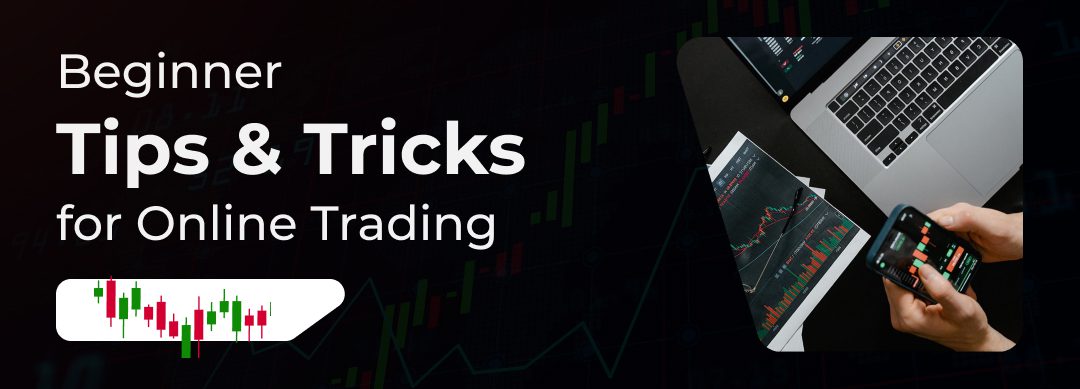
Starting your online trading adventure can be both an exciting and a challenging experience. Fortunately, if you’re just starting out then this is the place to be. This article will explore all the beginner tips and tricks that you need to know to make progress on your trading journey.
Begin with a demo trader account to get the first-hand experience and to try out your trading strategies in a safe and risk-free environment. You should practice using different types of orders, technical analysis and also managing your strategy plan and emotions before moving to a live account.
Choose a trustworthy web trader platform that is just right for you by thinking of elements such as the fees, security, user interface, research tools, customer support and asset selection. Just as you would search for the best platform online, you should also read the user reviews to help you make a well-informed decision. In particular, it is important to make sure that the platform you choose supports the kinds of trading you are interested in and provides educational materials to improve your knowledge. Use the platform tutorials and the customer support resources to get acquainted with the platform’s features and the way it works.
Of course, no beginner guide would be complete without mention of the basics, a.k.a., the core knowledge o set of principles that you should come back to. Every market has its own features, trading hours and risks. Get to know the different forms of online trading, such as stocks, forex, cryptocurrencies, commodities and options. It is very important to study the way each market works and select the one(s) that suits you and are in line with your risk tolerance so spend time on the history and current trends of each market to be able to make the right decisions.
Acquire a good knowledge of both fundamental and technical analysis. Fundamental analysis is the financial health and the market conditions of a company that are evaluated and technical analysis is the charts and the indicators that are used to predict the price movements. Blend both methods to get the best trading decisions. Concentrate on the indicators and chart patterns learning and the application of them in real-life situations. Think about the possibility of enrolling in online courses or webinars to acquire more information and to share the knowledge with other traders.
Keep yourself informed about the market news, economic events, and company-specific news that may have an effect on your investments. Utilize the research tools of your platform and subscribe to reliable financial news sources to be able to make well-informed trading decisions. Connect with famous traders and industry experts on social media to get useful information and get to know from their experiences. Participate in industry conferences and events to make friends with fellow traders and follow the latest trends and strategies.
Emotional trading can result in bad decisions, for example, greed will make you stick to a losing position, hoping it will recover while fear will make you sell a winning position too early. Establish a tough mental attitude and follow your trading plan. Have a trading journal to write down your feelings and decisions during trades, which will be the source of your patterns and areas to be improved. Periodically review your emotional reactions to the market movements and work on the balance of your mind.
Do not put all the eggs in one basket. Spread your risk by investing in different asset classes and industries. This, in turn, decreases the risk and thus protects your assets from market fluctuation. Always ensure to check your portfolio and adjust it according to the level of diversification that you want to maintain. Track the performance of the various assets and sectors to pinpoint the possible opportunities for long-term growth and development.
Safekeep your capital by placing stop-loss orders to set the maximum loss. In addition, you should practice the right position sizing, which is the determination of the best trade size based on your account balance and risk tolerance. Keep to your risk management rules very strictly to decrease the effect of losses on your entire portfolio. Try different risk management methods to see which one is more fitting to your trading manner.
Regularly inspect your trading performance, find the areas that need improvement and then refine your strategies. Maintain a trading journal to record your achievements and to learn from the mistakes you made in the past. Examine your victories and defeats to know your strengths and weaknesses as a trader more deeply. Devote a certain time for the regular self-evaluation and then adjust your way of dealing with things as needed to get the best results.
At the onset of your online trading, do not forget that the success in trading is a long process that needs a lot of time, hard work and never-ending learning. Through the use of these various strategies you will be ready to face the changing world of online trading.
© 2013 - 2025 Foreignerds. All Rights Reserved